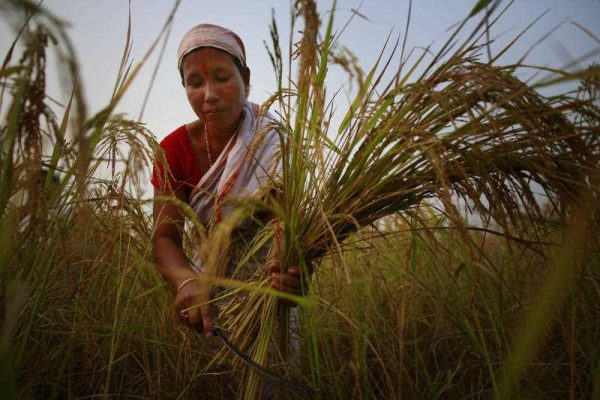It will need to ensure, firstly, that its macroeconomic parameters remain rock solid and the Indian economy is seen as contributing to global macro stability rather than adding to turbulence.
With foreign exchange reserves at a record high of US$367 billion, the current account deficit at a very safe 1.3 per cent of GDP and a firm commitment to fiscal discipline, the Indian economy seems well placed to weather the twin storms. One view, therefore, is simply to persist with business as usual. But more needs to be done.
The Indian economy is still not primed to generate the required number of jobs needed to absorb the rising numbers of workforce entrants. More importantly, a spurious trade-off is posited between employment and growth on one side and macroeconomic stability on the other. India needs to eliminate this spurious trade-off and move forward in a balanced manner to achieve both objectives.
To begin with the government must declare that the twin objectives of macroeconomic policy are maximising employment growth and retaining macro stability. This implies keeping inflation in check and keeping foreign indebtedness within prudent limits. This twin objective must be accepted by all agencies including the RBI, which has in recent years tended to overemphasise inflation control under the `inflation targeting framework’.
But the policy stance can be more nuanced. First, instead of adopting a fiscal deficit target, it will be far more effective to adopt the target for reducing revenue deficit to zero in the next budget itself. This would require additional resource mobilisation through better tax compliance and disinvestment and also a sharp pruning of subsidies.
In his recent pronouncements, Prime Minister Narendra Modi has shown his strong commitment to both. By aggressively expanding the direct tax base, implementing a comprehensive goods and services tax, and using JAM to sharply bring down food, fertiliser and energy subsidies, this goal can be achieved in 2016–17.
By boldly announcing the adoption of a zero revenue deficit target in the next budget, finance minister Arun Jaitley will give himself additional fiscal space by allowing a higher fiscal deficit target that could be used to trigger public investment in housing and construction or to recapitalise banks that are unable to extend much-needed credit. The 3 per cent fiscal deficit target was taken from Europe’s Maastricht treaty and often breached by Europeans themselves. It is counterproductive to continue asserting it as a macro mantra.
High inflation is like a termite that weakens the entire economic edifice, and takes a special toll on the poor and the vulnerable. It must therefore be contained uncompromisingly. A 5 per cent inflation measured by the core consumer price index should be adopted.
But food inflation is special. It affects the poor where it hurts most and puts an upward pressure on wages. In a poor country like India, it is unethical to talk about controlling food inflation by curtailing demand through monetary tightening.
Food inflation has to be controlled principally by augmenting supply and eliminating even temporary shortages. Therefore, it will be useful to decompose the inflation target into two: one for food inflation and the other for general inflation. The food inflation target should be no more than 2 per cent.
This would be achieved if food is treated essentially as a traded product and supplies are seamlessly augmented by free movement of food products across domestic markets and imports through private trade as necessary. The RBI and the relevant government agencies should come together to identify all bottlenecks in the movement of food products across state borders. These include the pernicious Agricultural Produce Market Committee act, non-tariff barriers that impede food imports, and canalisation mechanisms that create unnecessary restrictions on food supplies. These should be eliminated. Instead the RBI could be tasked with monitoring food inflation in different regions and providing an early warning mechanism for policy responses.
Maximising employment growth requires that private investment is encouraged and the costs of capital are kept as low as possible. This would again require the RBI to work with the government for a number of reasons. Commercial bank loans often become non-performing because governments renege on their part of the contract. Governments continue to award contracts to those investors who are on RBI’s list of non-performers or wilful defaulters. This must be avoided.
Given the preponderance of public sector banks, the RBI and the Indian government working together could ensure far better regulatory compliance and loan recoveries. Having adopted a zero revenue deficit target, the finance ministry together with the RBI could use the available fiscal space to quickly borrow from multilateral banks to recapitalise commercial banks. This would allow them to restart lending operations, which are currently at an all-time low.
It is time to fundamentally review our system of macroeconomic policymaking rather than slavishly emulate a model that posits one government agency against another. India cannot afford this luxury.
Rajiv Kumar is senior fellow at Centre for Policy Research, Delhi
This article first appeared here on The Times of India.

